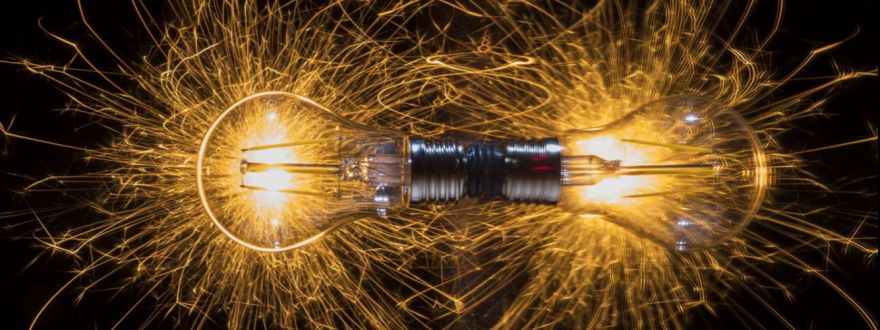
It seems like the power always goes out in Idaho & Washington when it’s either way too hot or way too cold – talk about inconvenient. Also inconvenient? Not knowing whether your food is safe to eat during and after an outage.
Obviously you want to err on the side of caution here. And, since you shouldn’t taste food to help determine whether it’s safe (harmful bacteria doesn’t always have a rancid smell or taste), here are some tips from the U.S. Department of Agriculture to help you decide what to keep and what to toss once the power’s back on:
- Throw away meat, poultry and seafood once it’s been above 40 degrees Fahrenheit for more than two hours.
- Discard milk, sour cream, yogurt and soft cheeses after four hours at 40 degrees or higher. Butter and margarine, as well as hard and processed cheeses, should be OK.
- Toss mayo, tartar sauce, horseradish and creamy dressings after eight hours at 50-plus degrees. Vinegar-based dressings, along with ketchup, barbecue sauce, peanut butter, etc., are likely fine.
- Refreeze food that still contains ice crystals, or is still below 40 degrees.
- Dispose of all food that has come in contact with flood waters or firefighting chemicals. Even if it looks unharmed, it could still be unsafe.
We know it’s frustrating to have to throw out food, so try this simple trick to potentially help preserve it for longer: When the power goes out, keep the fridge and freezer doors tightly shut. The longer you keep them closed, the cooler they stay.
As for the cost of all that spoiled food? Your homeowners policy may help, but check in with us here at {agency name} first. If the value of the damages you claim is less than your deductible, you won’t have any coverage. However, if you have both home damage and spoiled food, filing a claim is the way to go.
Finally, why not prepare for the next Idaho & Washington power outage? Having appliance thermometers in your fridge and freezer, as well as picking up a food thermometer, will help eliminate some guesswork. And, maintaining a nonperishable food supply (you’ll need a can opener too) in a safe place – somewhere cool that’s not susceptible to flooding – means you’ll have something to eat no matter what.
Be sure to replace items as they expire or get used.









